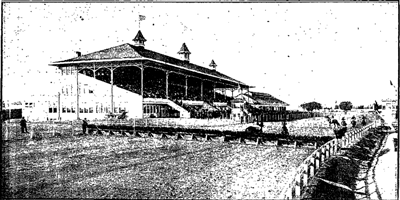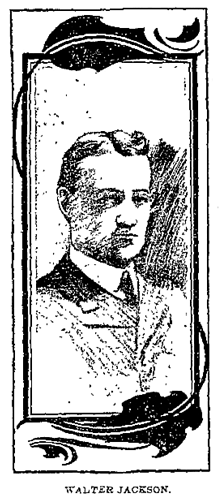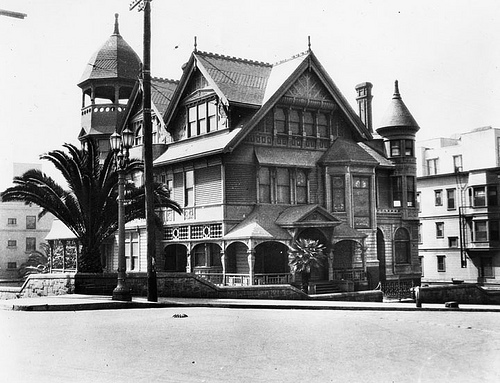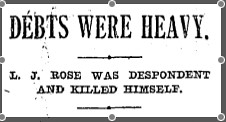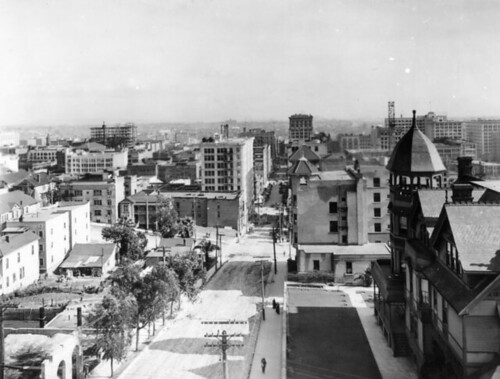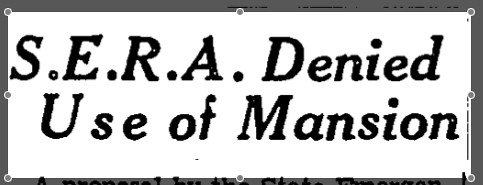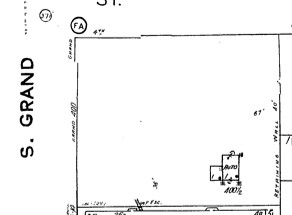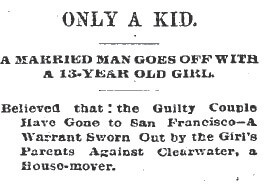Bunker Hill has had many landmarks, but perhaps none so little remembered as the massive foundations lain at 431 South Grand many years ago. They were great concrete things, poured about the time of the Great Panic, or the Lesser Panic, and served as Hill touchstone and reminder of ambitious building projects halted by devious economies. But L. H. Mills and J. G. Talbott have come along and said fooey! We reject these in their totality and all they represent, and with that utterly destroyed the foundations and have, in the style of all that is great and noble of the year 1912, set out to build from the ground up the finest apartment hotel available.
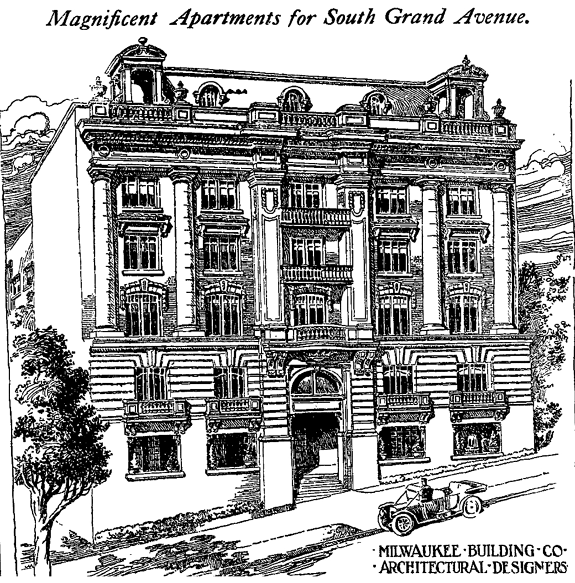
The building is 75×176‘ and contains 160 rooms. Despite its vaguely
French Renaissance air, it is named the Nottinghamshire-evoking
Sherwood.
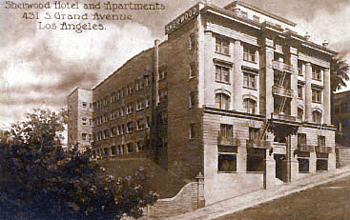
The lobby is 50×41‘, finished in mahogany, its inglenook containing a large fireplace. Each Sherwood apartment contains a private dressing room with built-in dresser and mirror. Whereas law stipulates the minimum space for apartment living rooms as 120 square feet, the Sherwood’s are 190; where the legal minimum for hallways is three feet six inches, Mills and Talbott see that theirs will be six feet across. Just because.
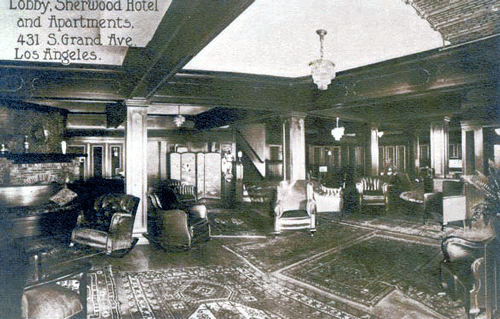
In June of 1915, the Sherwood hosted the wedding of P. C. Hartigan and Peggy Hart, in the apartments of their pal, Sherwoodian Mrs. Dick Ferris, and in the company of Judge Summerfield and many a jolly Hollywood pal.

Soon after, however, the quality of Hollywood Type there began to decline. Even in our TMZ era that abjures accomplishment and rewards reprobation, dag, that Helen Lee Worthing gave society a run for its money. And surely set Sherwood tongues a-wagging.
 Worthing was a statuesque Bostonian-by-way-of-Kentucky who‘d become a Ziegfeld Follies girl–the toast of New York, and lady-friend of a New York mayor, it was said. Darling of the rotogravure section, it was then on to Hollywood, where she made pictures galore while at the same time gracing nightly Ziegfeld‘s well-known assemblage of pulchritude.
Worthing was a statuesque Bostonian-by-way-of-Kentucky who‘d become a Ziegfeld Follies girl–the toast of New York, and lady-friend of a New York mayor, it was said. Darling of the rotogravure section, it was then on to Hollywood, where she made pictures galore while at the same time gracing nightly Ziegfeld‘s well-known assemblage of pulchritude.
She‘d always had a tempestuous time of it”¦in 1922, after a Hearst paper described in detail Worthing’s New York catfight with another chorus girl–including a cartoon depicting the biting and clawing–she elected to end her life by swallowing bichloride of mercury. Ended up in Bellevue.
Once in Hollywood she made the papers in more light-hearted ways; in 1925 she drove her car off a cliff and from there atop the roof of a house in Whitley Heights.
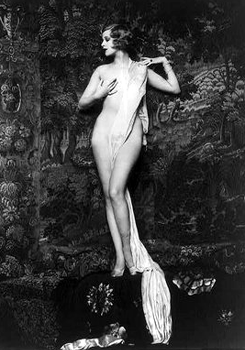
But her career continued to blossom; Mary Pickford called her the most beautiful woman in the world, and Harrison Fisher adjudged her the most beautiful profile in America. In 1926–the year she starred with Barrymore in Don Juan–she demanded $100,000 from a perfume company that had used her image.
But 1927 was to change all that. In April she was the victim of a violent beating, administered by an intruder, which left her with a broken nose, knocked-out tooth and discolored eyes. And five days of delirium. Her colored maid called Dr. Eugene Nelson, noted Negro physician, to see after her famous employer.
And it was love! They threw society‘s strictures aside (it was still forty years before Loving v. Virginia and eighty til Seal n‘ Heidi) and set about on a whirlwind romance that resulted in a secret Tijuana wedding in June. The fact that there was no intruder, and Nelson had to care for someone in a mad fit of drunkenness (or, more precisely, a drunken fit of madness) should have given him pause.
 They keep the wedding secret but is revealed to the world late in 1929, after their estrangement becomes known. His philandering, cruelty, jealously, and threats of confining her to some sort of institution are apparently too much for her.
They keep the wedding secret but is revealed to the world late in 1929, after their estrangement becomes known. His philandering, cruelty, jealously, and threats of confining her to some sort of institution are apparently too much for her.
In 1930 she returns from a New York “Neurological Institute” where she‘s been treated for…the blues. She is outted by a reporter as being shacked up at the Mayfair, and she moves into an unnamed apartment-house; likely The Sherwood, as she turns up there in short order.
Divorce proceedings stretch through the early 30s: she complains that he beats her and drugs her and forces her outside wearing only her negligee; he replies that they didn‘t fulfill Mexican residential requirements and, as they‘re not therefore legally wed, doesn‘t owe her monthly monies. By November 1932 she‘s hallucinating that objects are being thrown at her, and is threatening suicide, and lands in the psychopathic ward of General Hospital. The marriage is annulled in January 1933.
In June of 1933 she disappears from an eastbound Santa Fe train–it is assumed she jumped, or fell. A three day search ensues. Turns out she just got off at Pasadena, abandoning her bags and tickets.
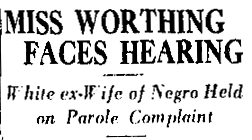 On August 16, 1933, the coppers come to The Sherwood to collect Helen Lee Worthing on violation of her parole to the psychopathic department. In a statement from her psych ward bed at General Hospital, Helen declared that she had been living quietly in her apartment, attempting to increase her income by writing poetry and short stories. “I can‘t understand who would complain and have me returned here,” she said. “I have only been trying to get a start on my own ability. Incidentally, I have fallen in love with a man who has been typing my poetry, but that has nothing to do with this.”
On August 16, 1933, the coppers come to The Sherwood to collect Helen Lee Worthing on violation of her parole to the psychopathic department. In a statement from her psych ward bed at General Hospital, Helen declared that she had been living quietly in her apartment, attempting to increase her income by writing poetry and short stories. “I can‘t understand who would complain and have me returned here,” she said. “I have only been trying to get a start on my own ability. Incidentally, I have fallen in love with a man who has been typing my poetry, but that has nothing to do with this.”
If only the story could end with her returning to the Sherwood, marrying the typist, and living long enough to move into the Bunker Hill Towers. But it was not to be.
In 1935 she is arrested on a drunk charge in Venice, and can‘t come up with the $5 bail, or even the pals to post the bail for her; she spend ten days in Lincoln Heights jail.
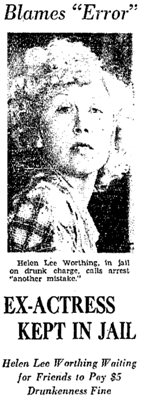
In September 1935 she‘s living in the Big Sister League Guest Home, when she again takes poison, this time over unrequited love.

In 1939 she‘s sentenced to five months in County on a narcotics charge–passing forged morphine scrips and carrying a hypo in her purse. In 1940 she‘s given a year for the same MO. (Interestingly, while in stir, going about her duties as a trusty in the woman‘s ward of County, only three flights below was her ex-husband Dr. Eugene Nelson, awaiting his murder trial–not only was he practicing without a license, having lost that–but he killed a girl while aborting her fetus.)

In October 1942 she‘s popped for public drunkenness outside a downtown roominghouse; she fails to appear in court for her hearing, but sends a note: “I am leaving the State. I do not feel I can get fair treatment in California courts.” Needless to say, she does not leave the state. Radio car officers were called to the scene of her beating by some “boyfriend” in her Centennial Street apartment in April 1944, and took her to Georgia Street Receiving where she was treated for half-inch laceration on the chin and a 1+1/2 inch cut on the back of her head; she does not press charges.
 In 1946 she‘s found downed and dazed at Portia and Sunset, and examination fails to find injury or illness. She talks vaguely of trying to obtain rest by “self-hypnosis.” Uh-huh.
In 1946 she‘s found downed and dazed at Portia and Sunset, and examination fails to find injury or illness. She talks vaguely of trying to obtain rest by “self-hypnosis.” Uh-huh.
Some would see this as a red flag; others as the checkered flag…the race is over. In any event, people will sit in the stands waiting for a spectacular crash. Most of the time, the car sputters and dies. It‘s just a matter of time, now.
August 25, 1948. She dies of barbiturate poisoning, in a tiny house (1062 North Serrano, since wiped out by the Hollywood Freeway) surrounded by expensive scrapbooks bulging with clippings from her golden age. Inside were penciled notes: “I can‘t stand another straw–it would be too much.” Say hello next time you‘re in Inglewood.
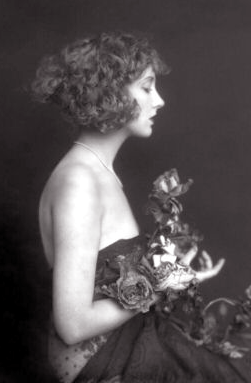
The Sherwood is now occupied roughly by the back side of the Welton Becket’s 1981 Mellon First Business Bank, and some miniaturized version of a street called “Hope Place.”

For anyone who may gripe that the majority of this page deals more with Hollywood than it does with Bunker Hill, believe me, brother, this isn‘t the last you‘ve heard of The Sherwood.

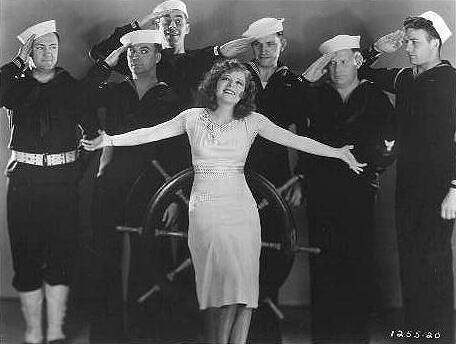




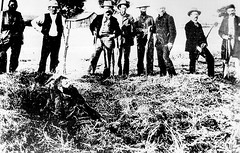
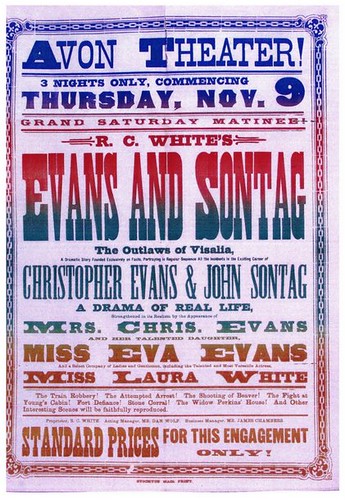





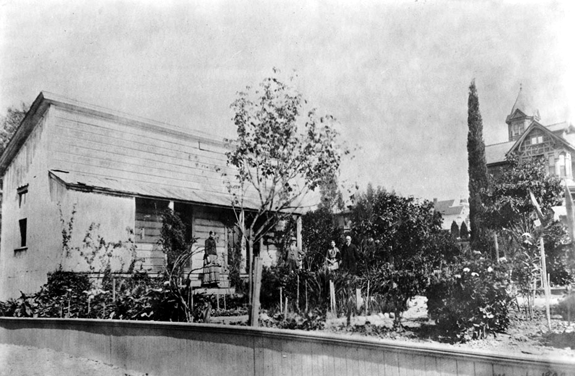
 …which suffices only until she can fashion a thirty-nine unit brick apartment complex in 1908. She lives therein until she dies of cerebral hemorrhage in 1926; she leaves an estate valued at $300,000 ($3,521,554 USD2007).
…which suffices only until she can fashion a thirty-nine unit brick apartment complex in 1908. She lives therein until she dies of cerebral hemorrhage in 1926; she leaves an estate valued at $300,000 ($3,521,554 USD2007).
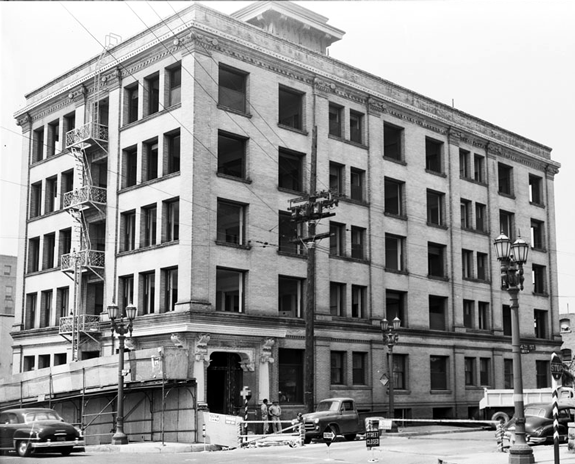
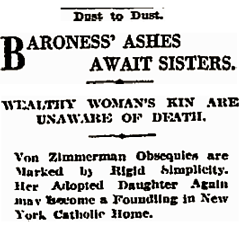 Zelda wasn‘t the only wealthy woman to die in the Zelda–Baroness Rosa von Zimmerman, who with her husband the Baron were second only to Krupps when to it came to weapons manufacturing for various Teutonic scraps, lived at the Zelda and died there, an alien enemy, in 1917, leaving Rosamond Castle, on fourteen acres,
Zelda wasn‘t the only wealthy woman to die in the Zelda–Baroness Rosa von Zimmerman, who with her husband the Baron were second only to Krupps when to it came to weapons manufacturing for various Teutonic scraps, lived at the Zelda and died there, an alien enemy, in 1917, leaving Rosamond Castle, on fourteen acres,  Yes, there’s never a lack of excitement at the Zelda. Take by example the May 1916 discharge of Zelda‘s porter George “an erratic Japanese” Nakamoto. Having been sacked by La Chat, and replaced by one K. Kitagawa, Nakamoto saw fit to return to the Zelda to seek out his successor. There was Kitagawa, crouched low, tacking down oilcloth in a cubbyhole beneath a stairway; Nakamoto grabbed a riveting hammer and struck him repeatedly on the head, injuring his skull, and sending him to Receiving hospital in critical condition.
Yes, there’s never a lack of excitement at the Zelda. Take by example the May 1916 discharge of Zelda‘s porter George “an erratic Japanese” Nakamoto. Having been sacked by La Chat, and replaced by one K. Kitagawa, Nakamoto saw fit to return to the Zelda to seek out his successor. There was Kitagawa, crouched low, tacking down oilcloth in a cubbyhole beneath a stairway; Nakamoto grabbed a riveting hammer and struck him repeatedly on the head, injuring his skull, and sending him to Receiving hospital in critical condition.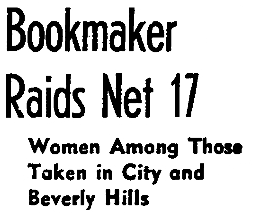 And then there was the night of March 10, 1939, when vice squads in Los Angeles in Beverly Hills came down on bookmaking establishments; seventeen were arrested, including James Adams, 48; George Taylor, 24; James Roberts, 26; Mrs. Agnes Meyers, 36, and Yvonne Lucas, 21, whom Central Vice took offense to the making of book in an apartment at the Zelda. (Interestingly, across Hollywood and Beverly Hills, the pinched bookmakers more often than not had names like Murray Oxhorn and Morris Levine and Saul Abrams and Joseph Blumenthal; could our Zelda perchance have been a bit”¦restricted?)
And then there was the night of March 10, 1939, when vice squads in Los Angeles in Beverly Hills came down on bookmaking establishments; seventeen were arrested, including James Adams, 48; George Taylor, 24; James Roberts, 26; Mrs. Agnes Meyers, 36, and Yvonne Lucas, 21, whom Central Vice took offense to the making of book in an apartment at the Zelda. (Interestingly, across Hollywood and Beverly Hills, the pinched bookmakers more often than not had names like Murray Oxhorn and Morris Levine and Saul Abrams and Joseph Blumenthal; could our Zelda perchance have been a bit”¦restricted?) Marcelino had also attempted to lift a safe and had lost part of his fingernail in the process–the cops found they had the perfect match.
Marcelino had also attempted to lift a safe and had lost part of his fingernail in the process–the cops found they had the perfect match.
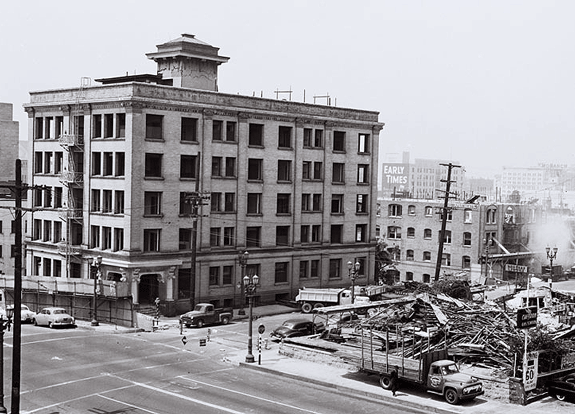









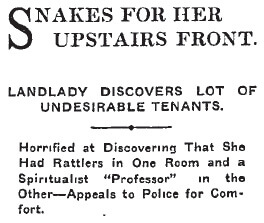







 Worthing was a statuesque Bostonian-by-way-of-Kentucky who‘d become a Ziegfeld Follies girl–the toast of New York, and lady-friend of a New York mayor, it was said. Darling of the rotogravure section, it was then on to Hollywood, where she made pictures galore while at the same time gracing nightly Ziegfeld‘s well-known assemblage of pulchritude.
Worthing was a statuesque Bostonian-by-way-of-Kentucky who‘d become a Ziegfeld Follies girl–the toast of New York, and lady-friend of a New York mayor, it was said. Darling of the rotogravure section, it was then on to Hollywood, where she made pictures galore while at the same time gracing nightly Ziegfeld‘s well-known assemblage of pulchritude.
 They keep the wedding secret but is revealed to the world late in 1929, after their estrangement becomes known. His philandering, cruelty, jealously, and threats of confining her to some sort of institution are apparently too much for her.
They keep the wedding secret but is revealed to the world late in 1929, after their estrangement becomes known. His philandering, cruelty, jealously, and threats of confining her to some sort of institution are apparently too much for her.  On August 16, 1933, the coppers come to The Sherwood to collect Helen Lee Worthing on violation of her parole to the psychopathic department. In a statement from her psych ward bed at General Hospital, Helen declared that she had been living quietly in her apartment, attempting to increase her income by writing poetry and short stories. “I can‘t understand who would complain and have me returned here,” she said. “I have only been trying to get a start on my own ability. Incidentally, I have fallen in love with a man who has been typing my poetry, but that has nothing to do with this.”
On August 16, 1933, the coppers come to The Sherwood to collect Helen Lee Worthing on violation of her parole to the psychopathic department. In a statement from her psych ward bed at General Hospital, Helen declared that she had been living quietly in her apartment, attempting to increase her income by writing poetry and short stories. “I can‘t understand who would complain and have me returned here,” she said. “I have only been trying to get a start on my own ability. Incidentally, I have fallen in love with a man who has been typing my poetry, but that has nothing to do with this.”


 In 1946 she‘s found downed and dazed at
In 1946 she‘s found downed and dazed at 

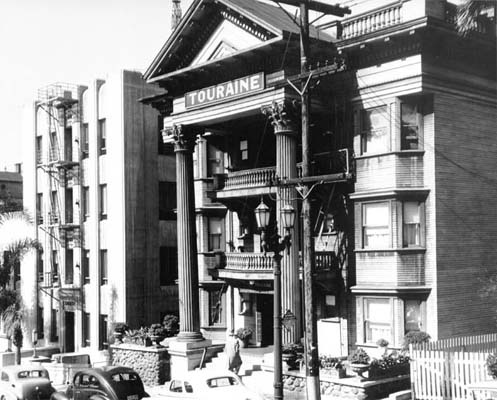



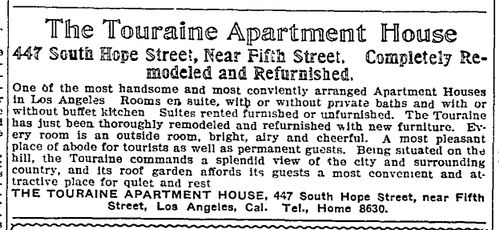
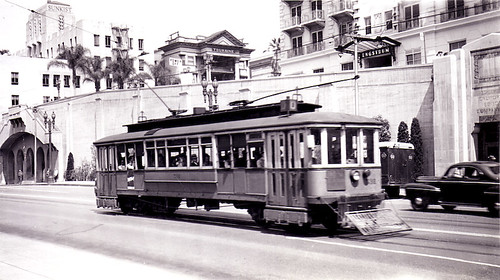

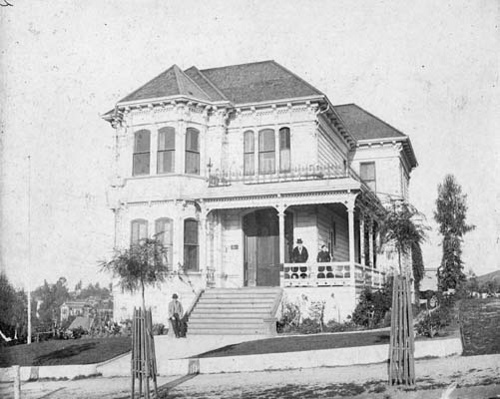

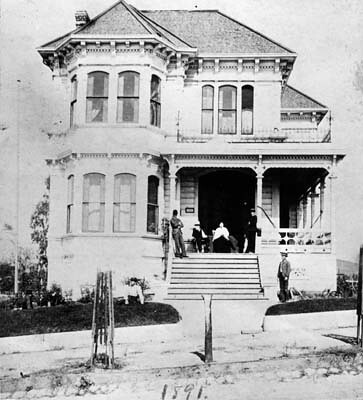




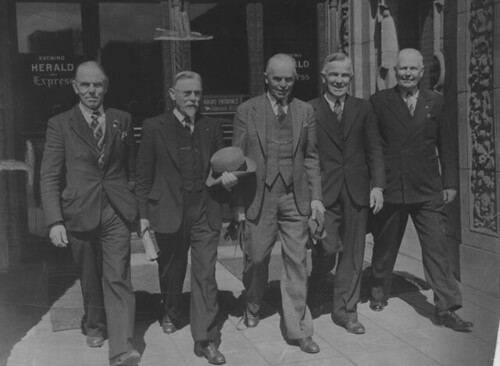
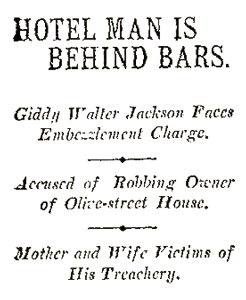
 May 23, 1905
May 23, 1905

